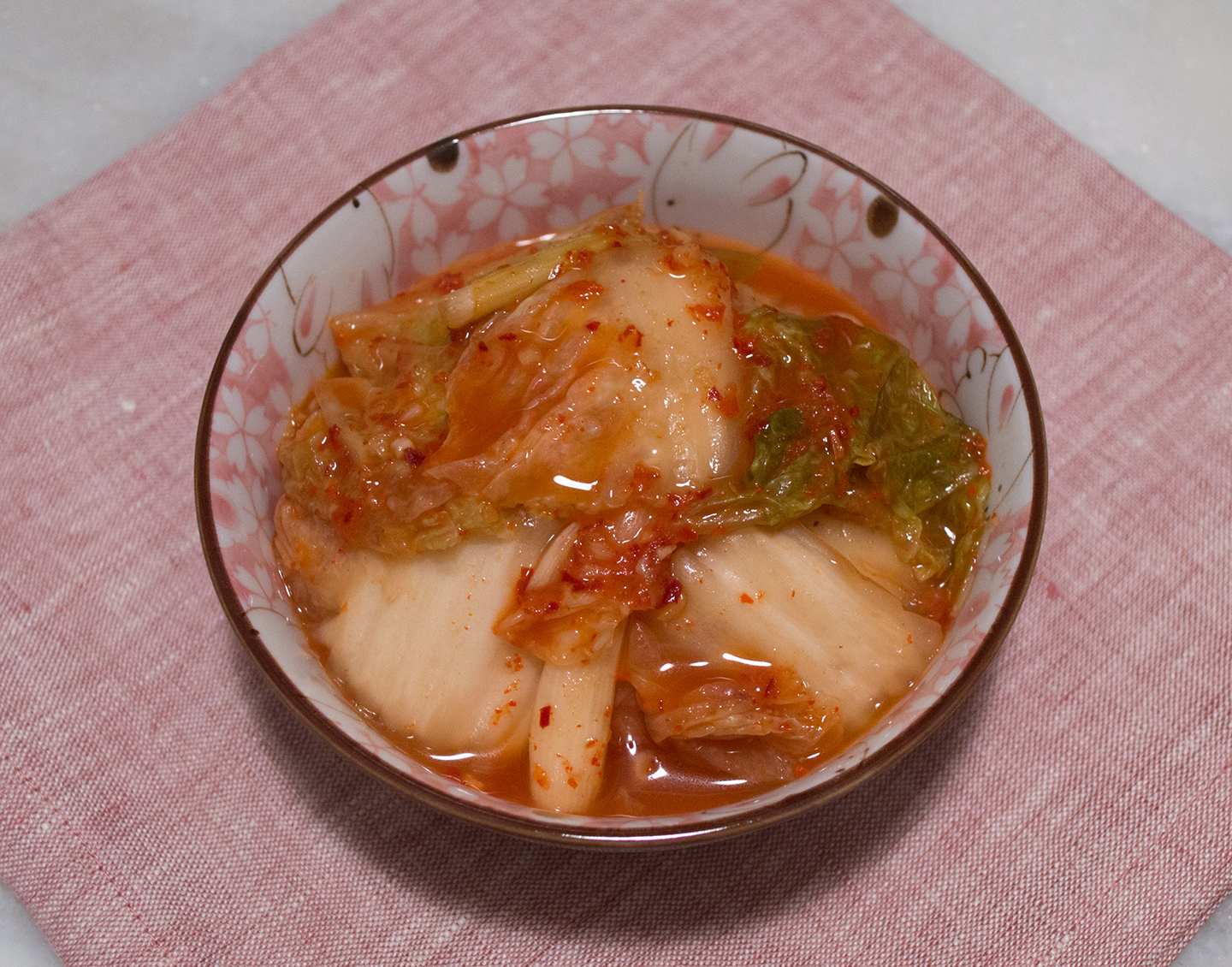
Cabbage Kimchi (배추김치 – baechu kimchi, baechu kimchee) is a staple in Korean households. It’s always in the center of a family dinner table, and eaten with almost every meal. Whole Cabbage Kimchi is often made in large amounts during the cooler months of October and November, so by Winter, families can enjoy the vegetables from the harvest season. I remember my grandma making kimchi during the Autumn months, while my mom would assist her in the preparation of ingredients.
This side dish (반찬 – banchan) can be made in a multitude of ways, and flavors differ according to the region. Northern-style kimchi is less spicy than their Southern neighbors, and the coastal areas make their kimchi with whole pieces of fish or fermented fish; but the most basic method (막김치 – mak kimchi, mak kimchee) is cutting the cabbage to smaller-size pieces, and adding fish sauce with rice paste to help with fermentation and flavor. It has the balance of spicy, salty, sweet, and umami flavors.
Recipe for Mak Kimchi (막김치) - Simple Cabbage Kimchi
- About 1½ Liters (1½ Quarts)
- Preparation:
- Cooking:
- Waiting:
Ingredients
- 30g (3T) Mochiko (Sweet Rice Flour)
- 240g (1 cup) Room Temperature Water
- 1 large Napa Cabbage, about 6 inches in diameter
- 60g (6T) Kosher Salt
- 13g (1T plus 1½t) Garlic, minced
- 6g (1T) Ginger, minced
- 3 large Scallions
- 10g (2t) Fish Sauce
- 14g (2t) Salted Shrimp, Saeu Jeot
- 40g (7½T) Red Pepper Flakes
- 4g (1t) Granulated Sugar
- 60g (¼-cup) Room Temperature Water
Procedure
- Put the Mochiko into a small saucepan with 120g (½-cup) of water. Stir with a spatula and let it sit for 10-15 minutes.
- Once the flour looks hydrated, place it over a low-medium flame. Stir constantly while cooking. As it begins to thicken, lower the flame. Slowly add the rest of the 120g (½-cup) of water, about 30g (2T) at a time, making sure the water is well incorporated before adding more.
- Continue stirring on a low flame. The rice mixture will thicken and become translucent. Stir for another minute.
- Turn off the heat and set aside to cool to room temperature.
- As the rice paste is cooling, cut the cabbage about ½-inch in from its base. Discard the outermost layer and strip away the leaves until it reaches about 3 inches in diameter. Set aside the cabbage heart for Fresh Cabbage Kimchi (배추 겉절이 - baechu geotjeori).
- Rinse the stripped leaves. Cut the cabbage into, roughly, 2-inch by 2-inch squares.
- In a large bowl add the salt and cut leaves, and toss until the salt is well incorporated. Set aside for 1½ hours, or until the salt has brined the cabbage.
- While the cabbage is brining, wash the scallions and cut them into lengths of 1½ inches. In a small bowl add the cut scallions, garlic, ginger, fish sauce, shrimp, red pepper flakes, and sugar. Add the cooled rice paste and mix all of the ingredients together. Set aside.
- Rinse the cabbage when it is done brining. Drain well. Add the seasoning and rice mixture into the large bowl. Mix thoroughly.
- Taste-test and see if the kimchi needs more fish sauce or salt. It should be quite briny and salty, like a cucumber pickle.
- Place all of the cabbage kimchi into a 2-quart container and push it down. Pour the 60g (¼-cup) of water into the large bowl and pool the leftover seasoning to the bottom. Pour the water and seasoning into the container. Make sure the water line is above the kimchi.
- Cover and set aside for about 2-3 days in room temperature. Afterwards, place into the refrigerator for 1-2 weeks before eating.
*Bunny Wisdom*
- Hydrating any kind of fine powder requires a little bit of patience. The resting period allows the dry ingredient to absorb the water, preventing large flour pockets.
- Take care to lower the heat if the mixture seems to be thickening faster than it is possible for you to incorporate the rest of the water.
- The continuous stirring prevents sticking and burning on the bottom of the saucepan.
- You will notice the mixture will go from opaque to translucent. Simmer for a minute, stirring and watching slow bubbles surface like the Bubbling Mud Pots of Yellowstone National Park. You don't want it to be boiling.
- Flip the cabbage halfway through the brining stage. This will help thoroughly brine the cut cabbage. You are welcome to rinse and taste a piece at this stage to see if the cabbage is salted well. The rinsed cabbage leaves should taste salty; not just on the exterior, but the inner parts of the cell walls should taste briny.
- When pushing down the kimchi, make sure you aren't bruising the leaves, but just removing the trapped air between the layers.
- The last amount of water should just barely cover the kimchi. To help distribute the water, move around some of the layers until the liquid settles down to the bottom of the container. Level out the kimchi and see if you need more water. Add more if necessary.
- If you are making this in the Summer, it may only take 1-2 days before you have to place the container into the refrigerator. The warmth of temperature affects the duration of fermentation. If you begin to notice a lot of bubbles forming and the kimchi rising upwards, pop open the container to release the gas, push the kimchi down, cover, and refrigerate. For this reason, I place my cabbage kimchi into a container that has room on the top.
- You can eat this as early as you want, but the more complex savory flavors begin developing in the second week and after.
- Any kimchi that seems quite stinky, fermented, and sour can be used in other recipes! Consider making Kimchi Stew (김치 찌개 - kimchi jjigae), Kimchi Soup (김치국 - kimchi guk), or Kimchi Fried Rice (김치 볶음밥 - kimchi bokkeumbap). Don't throw it away!
Nutrition Facts
- Total Fat 0.5g0.6%
- Saturated Fat 0.1g0.5%
- Trans Fat 0g
- Unsaturated Fat 0.4g
- Polyunsaturated Fat 0.3g
- Monounsaturated Fat 0.1g
- Cholesterol 0mg0%
- Sodium 438mg19%
- Total Carbohydrate 6.7g2.4%
- Dietary Fiber 2.1g7.5%
- Total Sugars 1.5g
- Protein 1.4g2.8%
- Vitamin A 125µg8.3%
- Vitamin C 15mg25%
- Vitamin D 0µg0%
- Calcium 45mg4.5%
- Iron 1mg5.6%
- Potassium 218mg6.2%
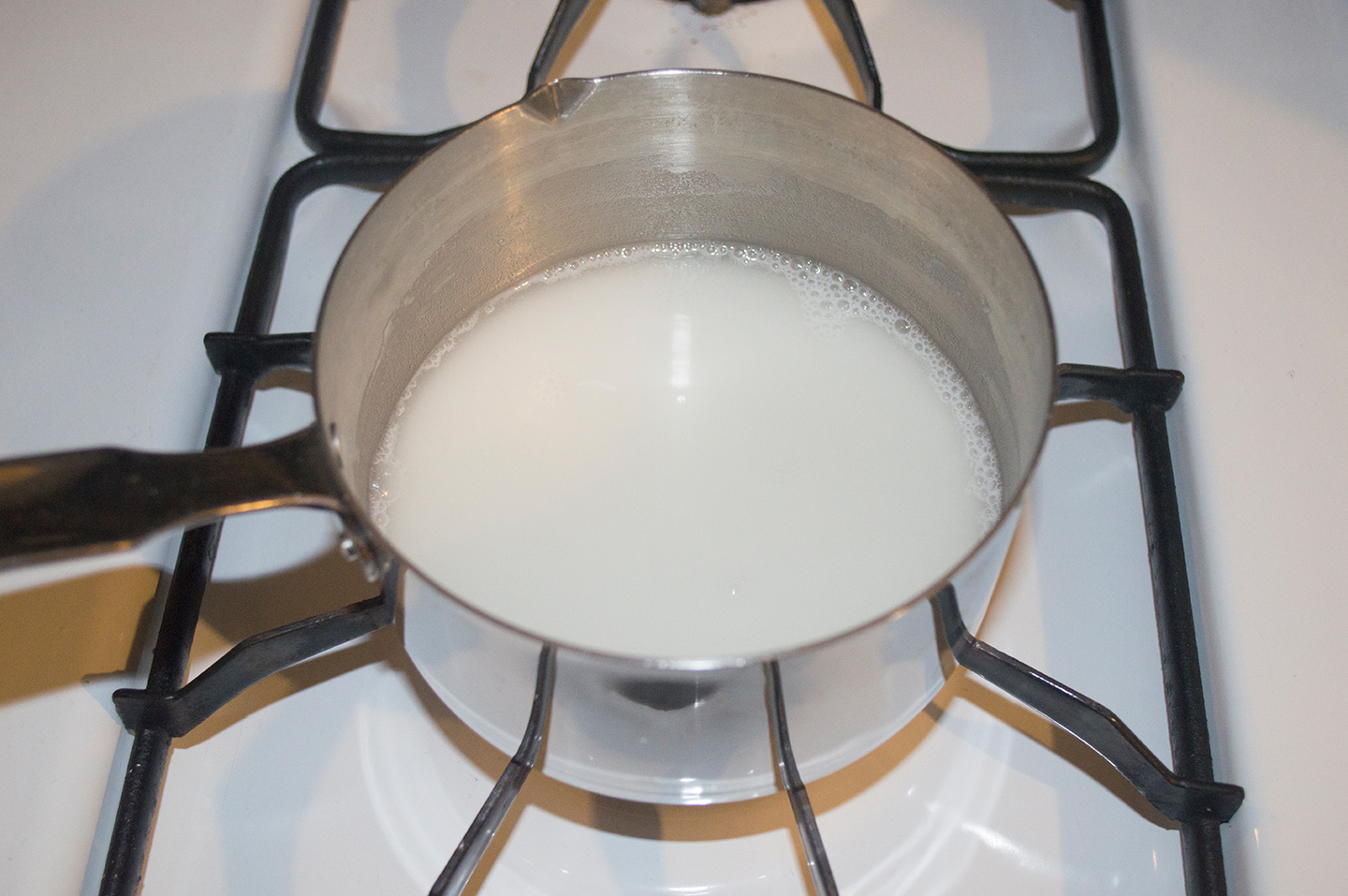
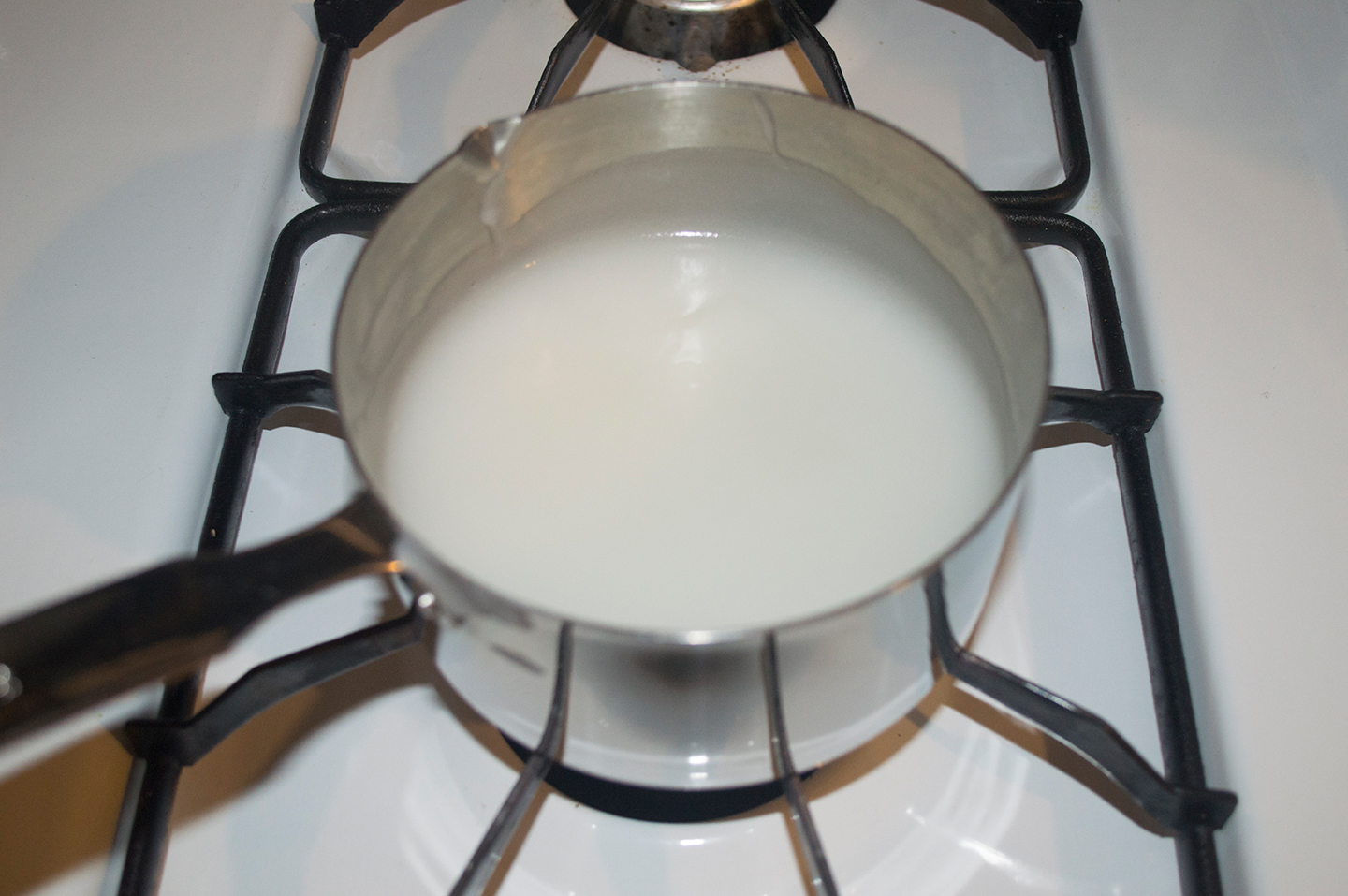
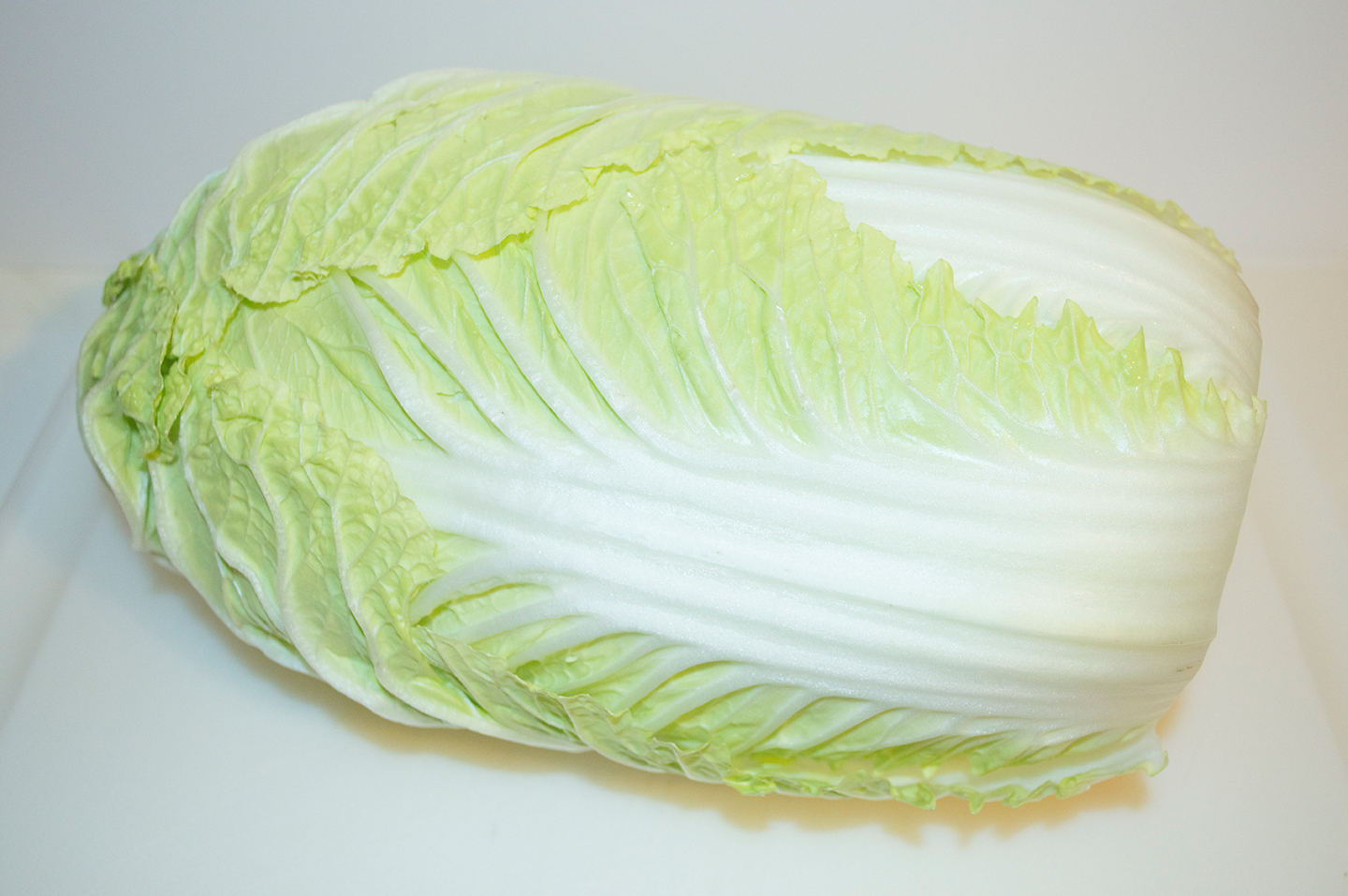
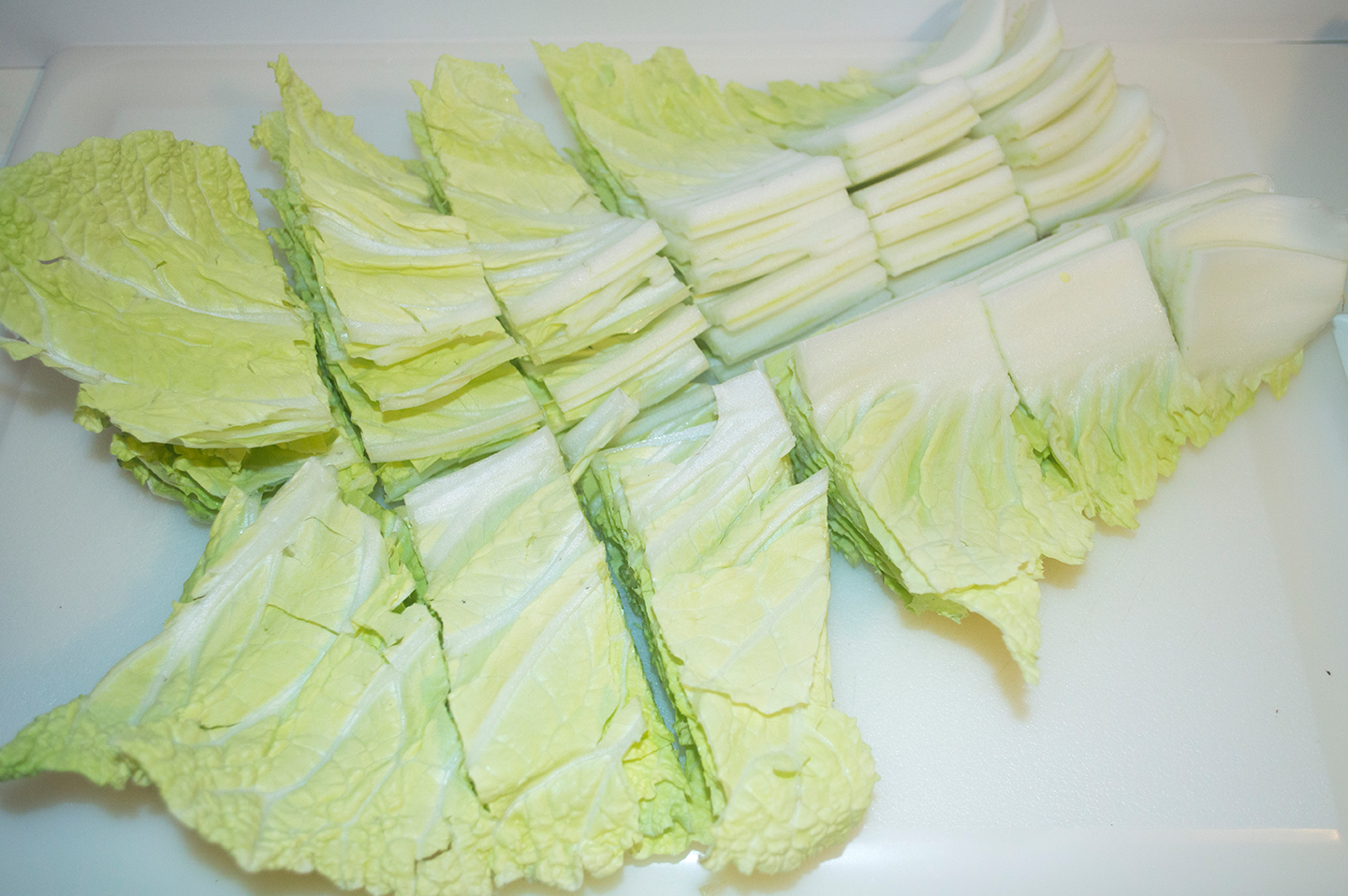
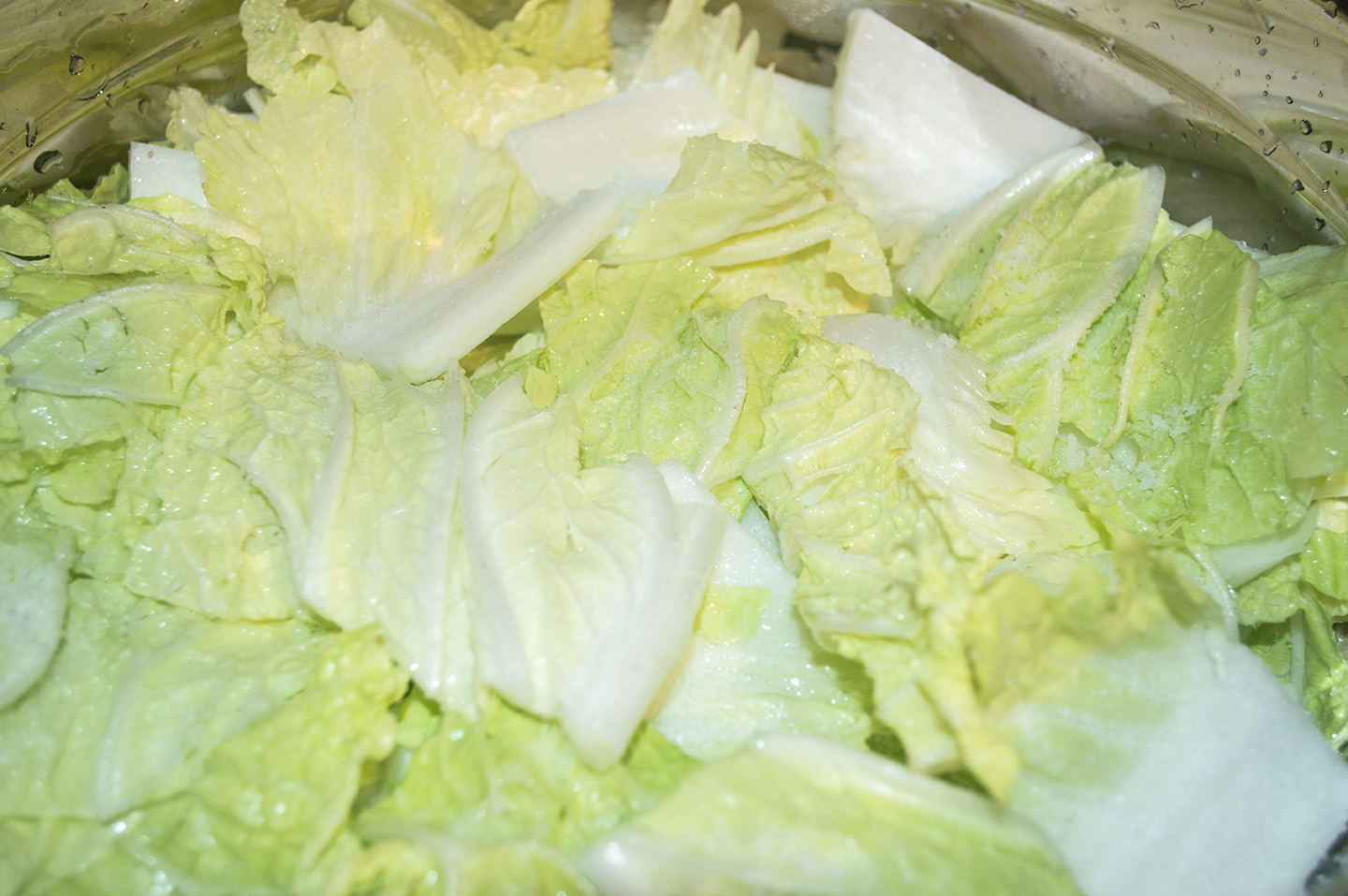
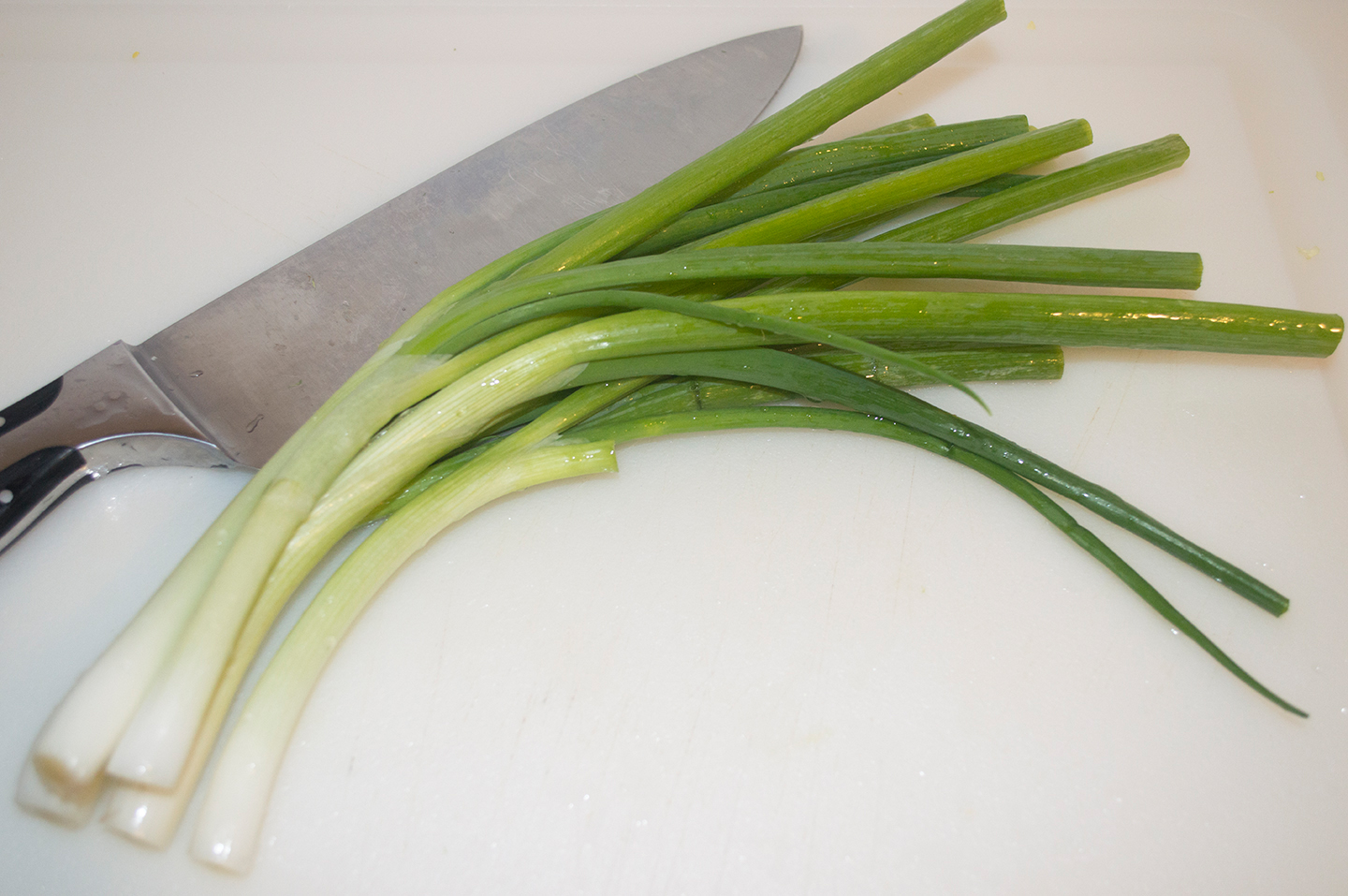
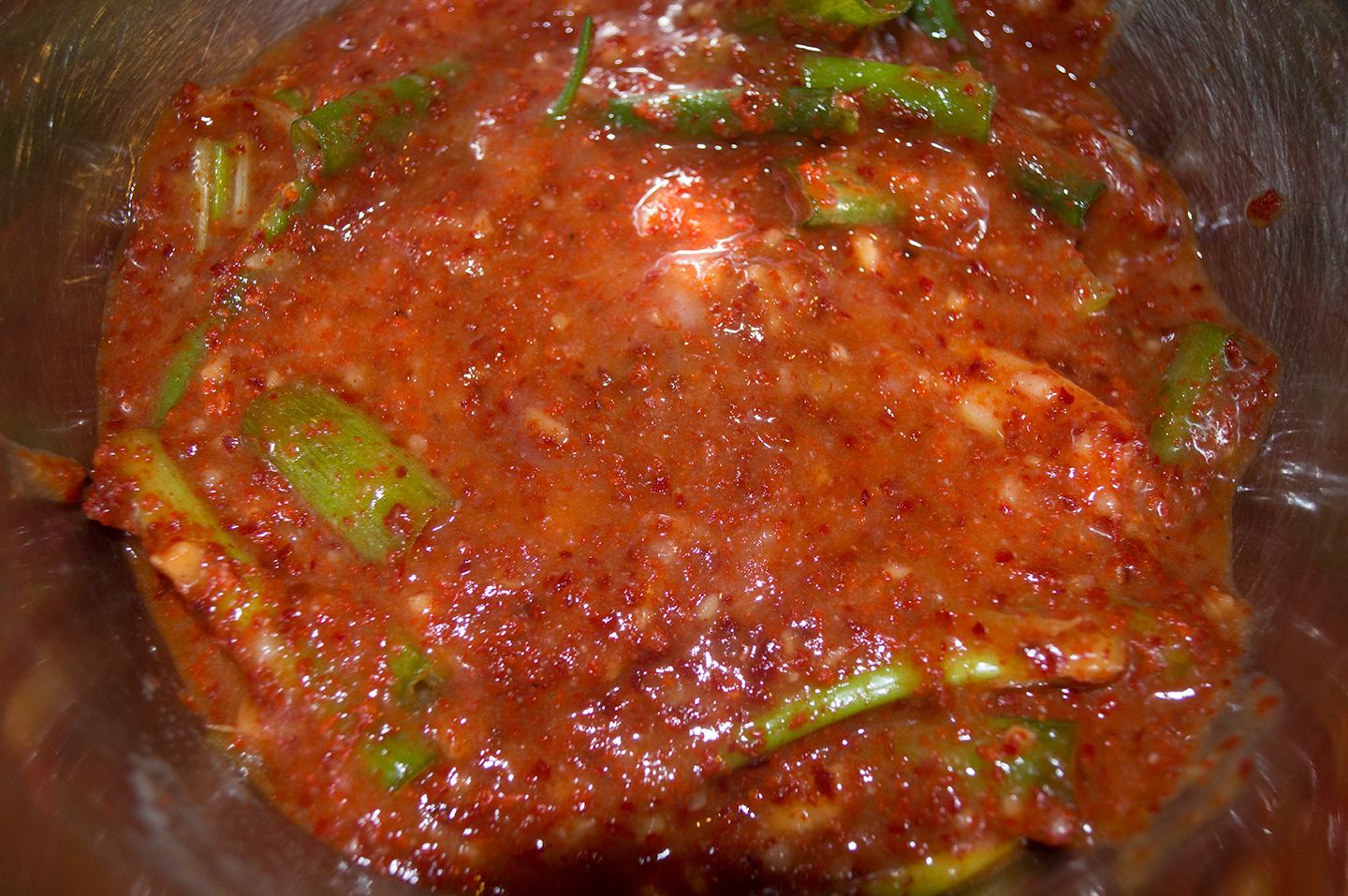
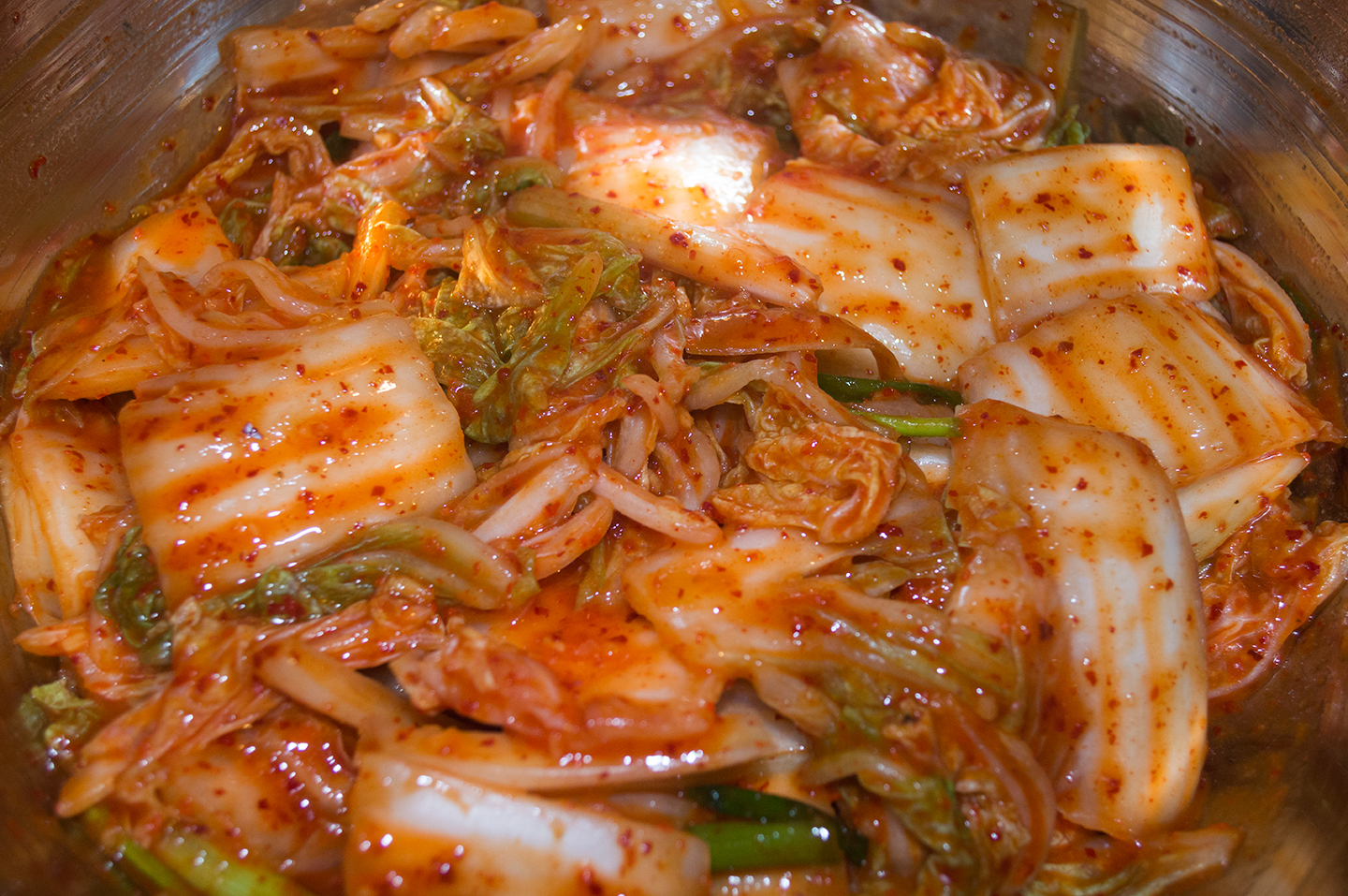
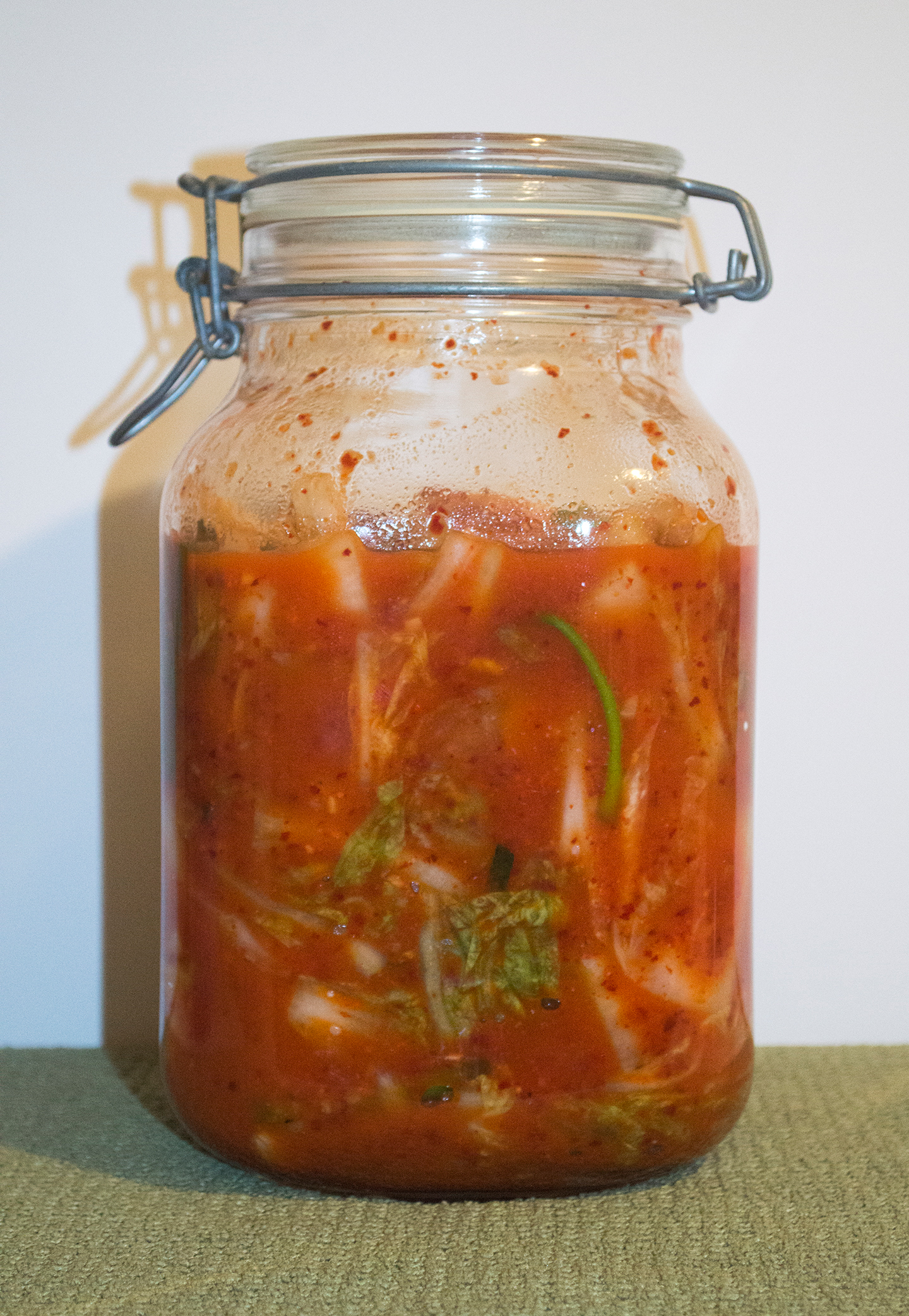
This is an adaptation of my mom’s recipe, which is familiar and dear to me. I enjoy making cabbage kimchi because it has so much history; these recipes are passed down from generation to generation, and tastes are unique to each home. I hope you enjoy making this recipe. Please let me know how yours turns out!
**Here are some of the ingredients I use for this recipe. Please, feel free to browse and ask questions on anything you see listed below.**

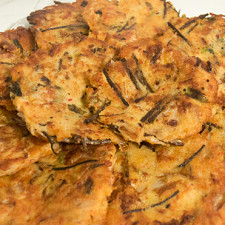
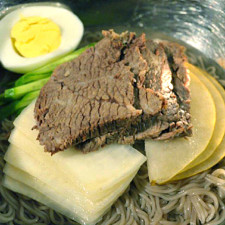
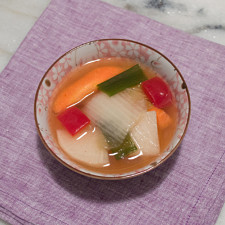
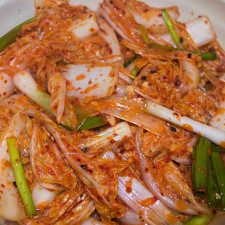
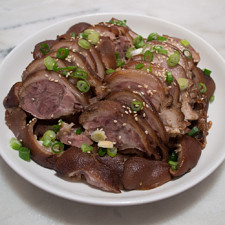
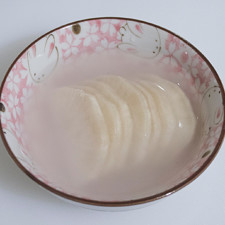
No thoughts on "Mak Kimchi (막김치) – Simple Cabbage Kimchi Recipe."